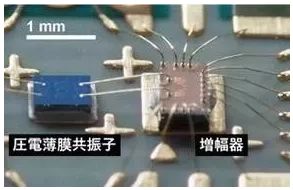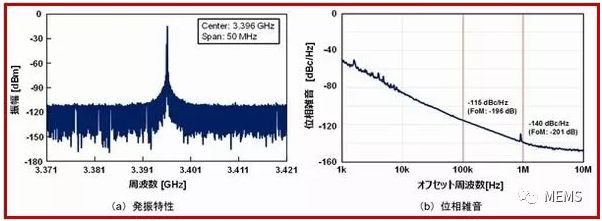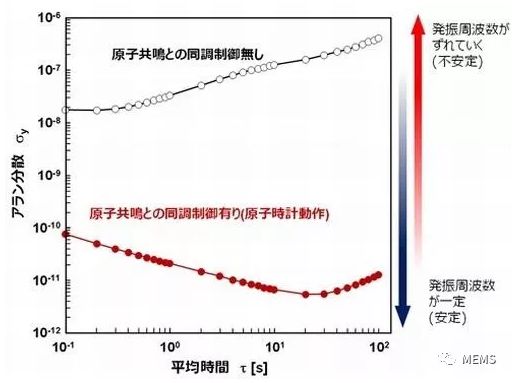According to reports, the National Institute of Information and Communication (NICT) has cooperated with Tohoku University and Tokyo Institute of Technology to form a research group on piezoelectric materials. Recently, the research team successfully developed an ultra-small atomic clock system that is an order of magnitude higher than the existing atomic clock. Because of its small size and low power consumption, this innovative atomic clock is ideal for smartphone applications, as well as for sensor networks and robot control systems.
The research team has developed a microwave oscillator using a piezoelectric thin film resonator (FBAR) that exhibits excellent resonance performance in the 3.5 GHz band and can be used as an atomic frequency standard. In addition, since the externally connected crystal oscillator or PLL multiplier circuit is not required, the peripheral circuit configuration is very simple.

Overview of MEMS atomic clock principle and microwave oscillator composition (Source: NICT)
Compared to commercial atomic clocks, this innovative MEMS atomic clock chip can be reduced by approximately 30% and power consumption can be reduced by approximately 50%. Currently, piezoelectric thin film resonators (FBARs) and amplifiers are wire bonded, but in the future they can be integrated into a single chip.

Piezoelectric thin film resonator and amplifier are connected by wire bonding (source: NICT)
According to the research team, the performance (frequency stability) of this MEMS atomic clock is an order of magnitude higher than that of commercial atomic clocks. The characteristic evaluation results of the FBAR oscillator show good oscillation performance in the 3.4 GHz band. Moreover, the phase noise at the 1 MHz offset frequency was found to be 140 dBc / Hz.

Characteristics of FBAR Oscillator (Source: NICT)

Evaluation results of MEMS atomic clock frequency stability (Source: NICT)
Looking ahead, the research team plans to simplify and integrate digital control systems to further reduce system power consumption, and will accelerate research and development to achieve early changes from laboratory samples to mass-produced chip-shaped atomic clocks.
We all know that curved-edge phones look good, but they are not easy to protect. In order to prevent the mobile phone from being scratched, current mobile phone users like to stick a phone Screen Protector on the mobile phone screen.
With the development of the market, more and more users like mobile phones with curved screens. Unlike flat mobile phones, the screen protectors of curved screen mobile phones are not easy to buy or stick. The main reason is that the Tempered Glass Screen Protector of curved mobile phones is difficult to fit the height of the mobile phone screen. Then our TUOLI Uv Screen Protector is the best choice for full screen users.
Using the curing principle of the 30 UV lamp beads of the UV Curing Machine to scan the entire screen, the UV Screen Protection Film has the texture of tempered glass. The upper limit of the high temperature of the UV Machine is 60 degrees, has a good heat dissipation function, and has a time setting: 180 seconds. Exquisite and easy to operate, it can make the Screen Protective Film have high light transmittance and smoothness.
Uv Curing Film,Uv Screen Curing Film,Uv Protective Curing Film,Uv Glass Curing Screen Protector
Shenzhen TUOLI Electronic Technology Co., Ltd. , https://www.hydrogelprotector.com